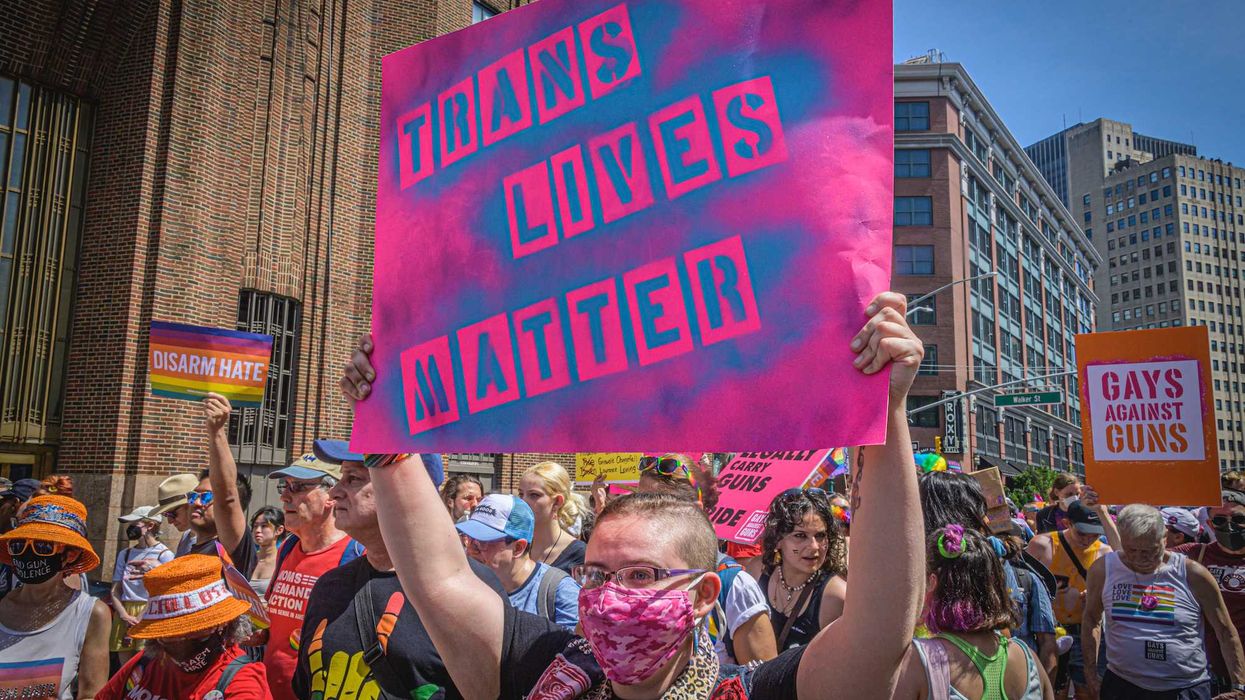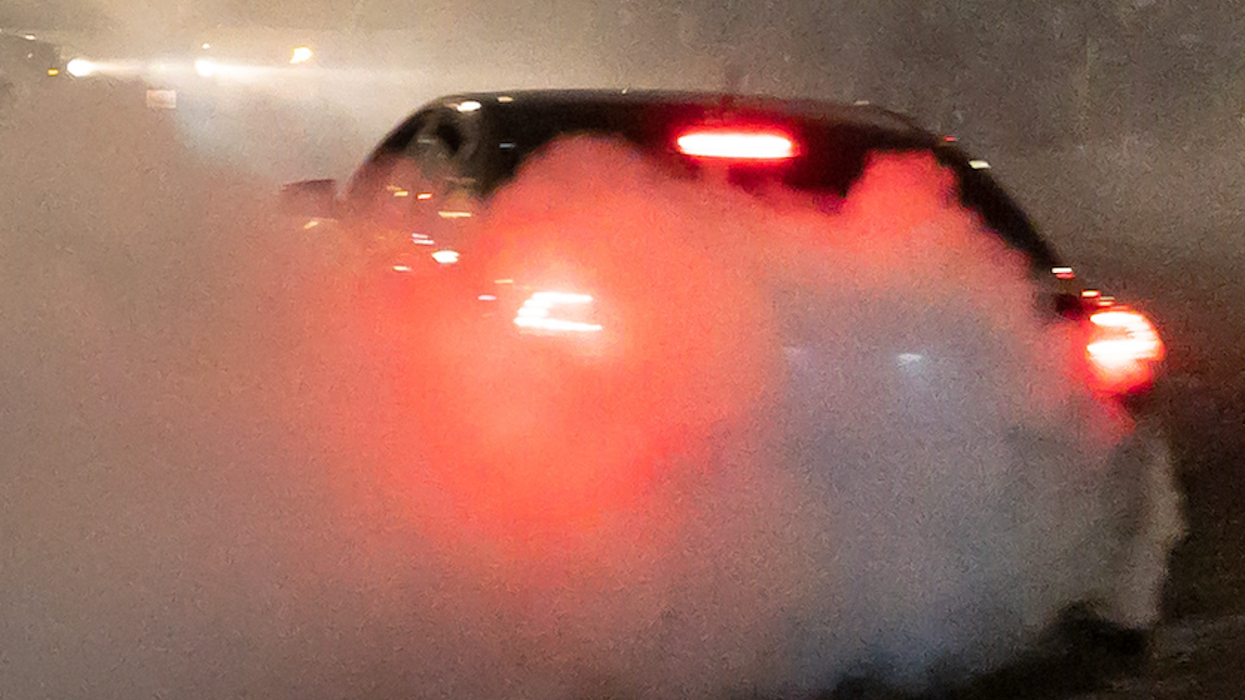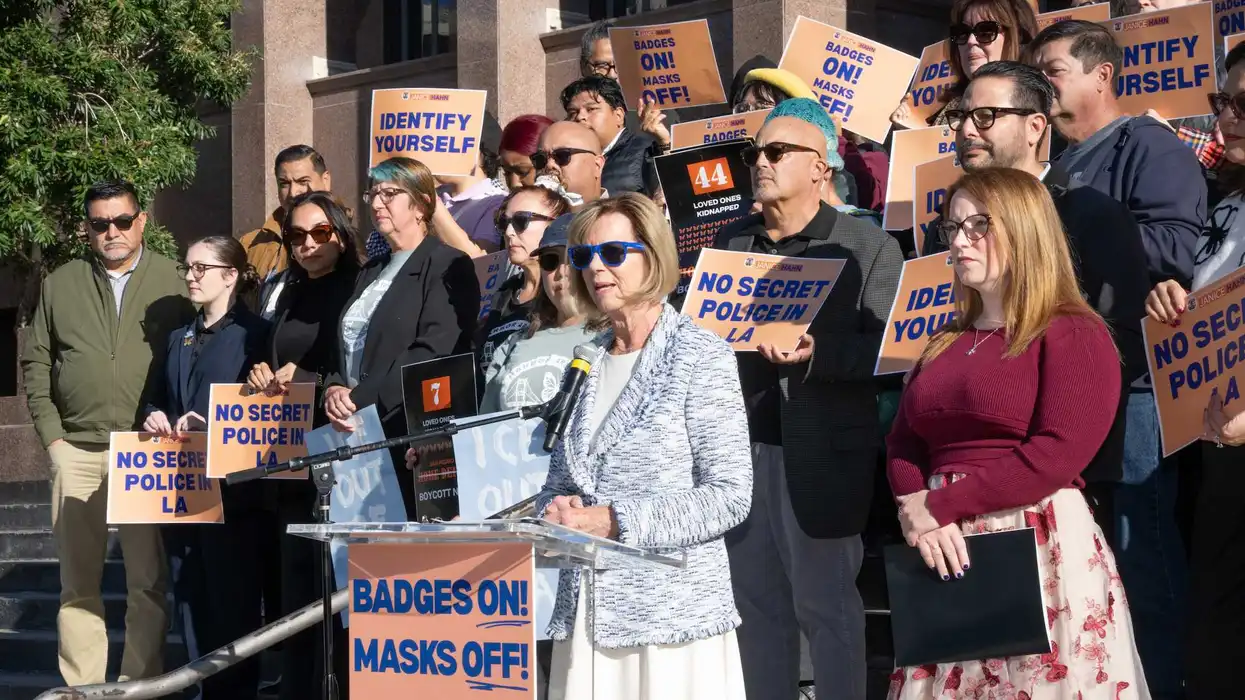
© 2025 Blaze Media LLC. All rights reserved.
Righteous Christians Who Saved Jews During Holocaust Honored for Their Sacrifice
June 26, 2013
How a group of Jews remained in a cellar without seeing the light of day for 500 days.
In his job as the janitor of a residential building, Robert Seduls of the former Soviet Republic of Latvia probably didn’t feel like he wielded much power. Little did he know that he would one day be endowed with the ability to decide the fate of 11 people.
Before taking the custodial work, Seduls had been a seaman and a boxer. When the virulently anti-Semitic Nazis invaded his country in 1941, Seduls made a promise to David Zivcon, a Jewish man living in the building, that he would help one day if the need arose.
Like Oskar Schindler, Seduls’ story is one of the 24,800 "Righteous Among the Nations" that are being highlighted in a new exhibition opening Wednesday called "I Am My Brother's Keeper" at Israel’s Yad Vashem Holocaust memorial and online which describes the grave personal risks that non-Jews took to save their Jewish friends and neighbors from the German extermination program.
 Rescuer Robert Seduls in the center. Around him from left to right are: Rivka Zivcon, Henni Zivon, Tonya Plokshin (was not saved by the rescuer) and Hilda Skutelski (Photo, 1943, Courtesy of Yad Vashem)
Rescuer Robert Seduls in the center. Around him from left to right are: Rivka Zivcon, Henni Zivon, Tonya Plokshin (was not saved by the rescuer) and Hilda Skutelski (Photo, 1943, Courtesy of Yad Vashem)
Yad Vashem describes the saga faced by Seduls and the 11 Jews he succeeded in saving [emphasis added]:
In October 1943, Zivcon decided that the situation had become too dangerous and that it was time to go into hiding. He fled from the ghetto with his wife and another couple. Robert Seduls welcomed his friend and the unannounced guests, and arranged shelter for them behind a concealed partition in the building's cellar. They were to remain there, without seeing the light of day, until liberation, 500 days later. Several months after they arrived, they were joined by another three men. Another three Jews arrived in April 1944, and a week later Rivka, David Zivcon’s sister-in-law arrived with her three-year-old child, Ada. Fearing that the child would reveal their hiding place, Seduls arranged shelter for Ada with Otilija Schimelpfening, a widow of German origin. In total, 11 Jewish people were now taking shelter in the cellar.
Securing food for oneself and own family was a daunting challenge in war-torn Europe. Foraging for supplies for a dozen people seemed impossible. Because some of those hiding were expert craftsmen, they executed small repair jobs which Seduls then sold and bought food.
Like Anne Frank, one of those hiding kept a diary. Kalman Linkimer described the cramped existence, and wrote his observations about what the stress was doing to their savior. "Robert is terribly nervous," Linkimer wrote in December 1944. "The whole business is dragging on too long. If he had known, he would have considered it very carefully…"
 The rescued in their hiding place. From left to right - Shmerl Skutelski, Iosif Mandelshtam and Misha Libauer. (Photo, 1944, Courtesy of Yad Vashem)
The rescued in their hiding place. From left to right - Shmerl Skutelski, Iosif Mandelshtam and Misha Libauer. (Photo, 1944, Courtesy of Yad Vashem)
Seduls set up a warning system which would employ a special light to signal if danger was nearing. Once, the light flashed as Germans approached the building. Yad Vashem writes: “For one long hour the Jews stood in the cellar with drawn pistols, prepared to fight the intruders if their hideout was discovered.”
The Latvian janitor not only brought his wards food for physical sustenance but also took pains to keep their spirits lifted by delivering books and news from outside. He would also visit the three-year-old Jewish girl being secretly raised by the German widow and photographed her for her mother.
Sadly, Seduls died just two months before Latvia was liberated from the Nazi grip. On March 10, 1945, he was killed by a Russian shell. His wife, Johanna, took on the project he began and continued providing for the Jewish fugitives.
Yad Vashem describes just how remarkable the Seduls family efforts were. Out of the 7,000 Jews who had lived in Liepaja, Latvia before the German invasion, only 30 survived the Holocaust. Of those, 11 were saved by Robert and Johanna Seduls.
The new exhibition marks 50 years since the State of Israel began honoring the “Righteous Among the Nations” who rescued persecuted Jews during the Holocaust and includes five films which examine: the hidden children, rescuers who were killed for their actions, rescuers who were members of the clergy from all Christian denominations in a film titled “Under the benefaction of the cross.” Another film examines those hidden in attics or cellars and how they were dependent on their rescuers, while “The courage to defy” describes those diplomats and others who defied their superiors and refused to follow government orders, issuing visas to help Jews escape.
 The Avenue of the Righteous Among the Nations at Yad Vashem
The Avenue of the Righteous Among the Nations at Yad Vashem
Chairman of Yad Vashem Avner Shalev says, “The exhibition presents a fascinating historical phenomenon where the individual decided to go against the stream and through great risks saves lives.”
Shalev says the “the courageous actions and moral choices” made by the non-Jews then provide an opportunity to us today “to internalize the defining moral choices they faced, perhaps positively affecting their future decisions in life.”
Yad Vashem’s online exhibition is available here.
Want to leave a tip?
We answer to you. Help keep our content free of advertisers and big tech censorship by leaving a tip today.
Want to join the conversation?
Already a subscriber?
more stories
Sign up for the Blaze newsletter
By signing up, you agree to our Privacy Policy and Terms of Use, and agree to receive content that may sometimes include advertisements. You may opt out at any time.
Related Content
© 2025 Blaze Media LLC. All rights reserved.
Get the stories that matter most delivered directly to your inbox.
By signing up, you agree to our Privacy Policy and Terms of Use, and agree to receive content that may sometimes include advertisements. You may opt out at any time.






